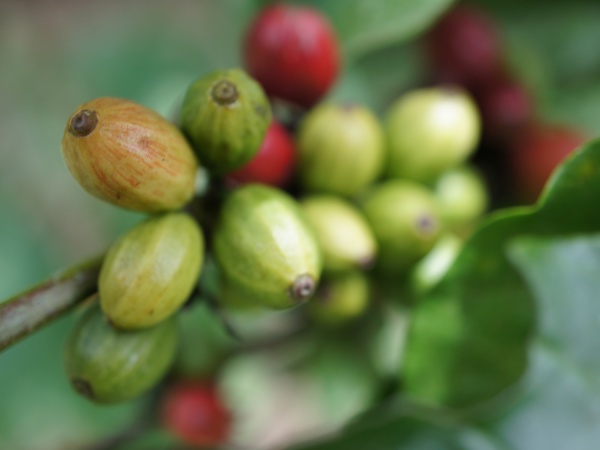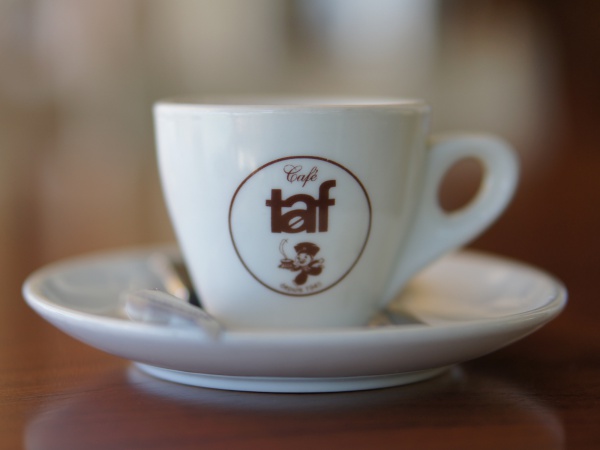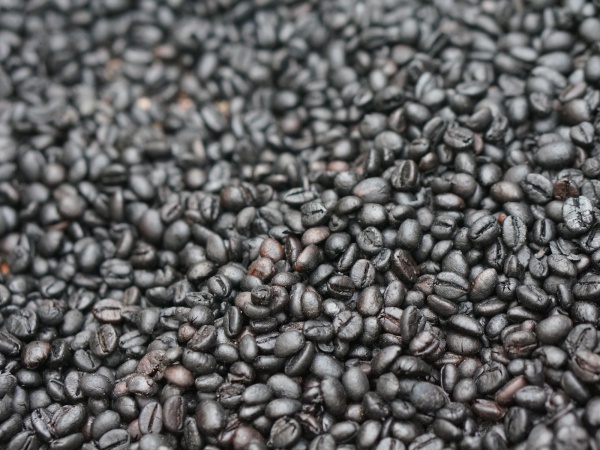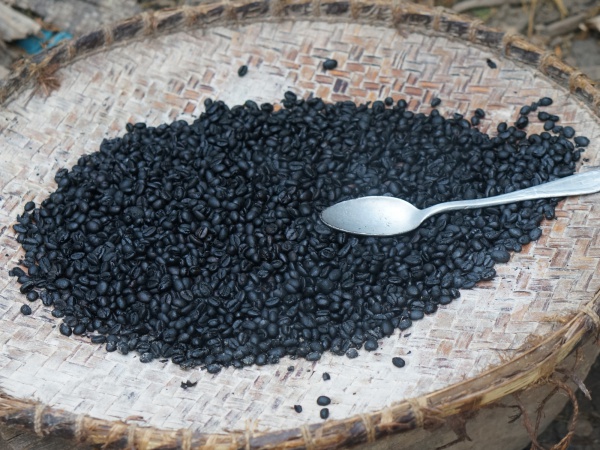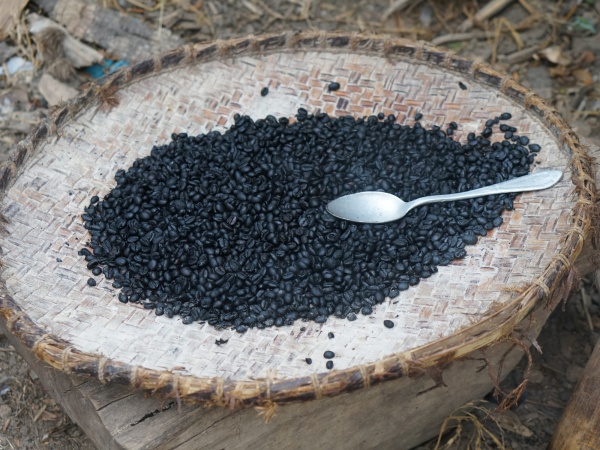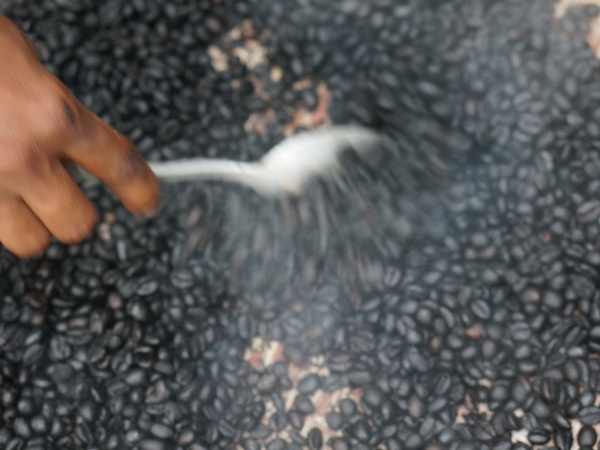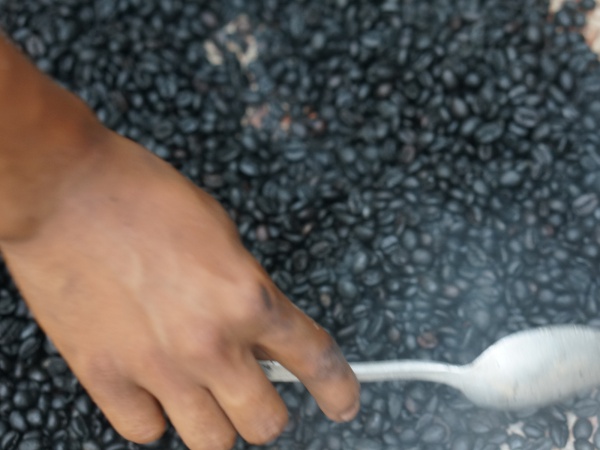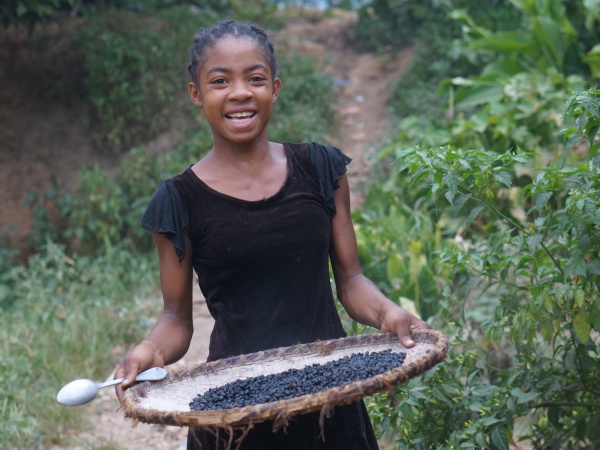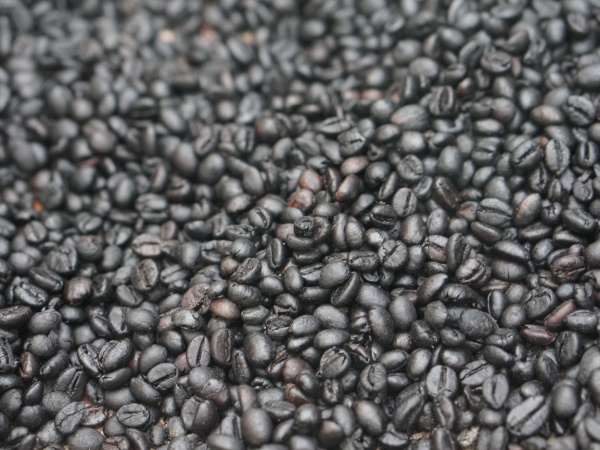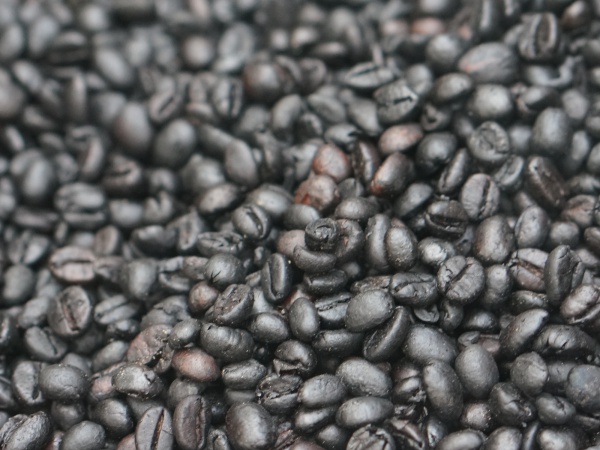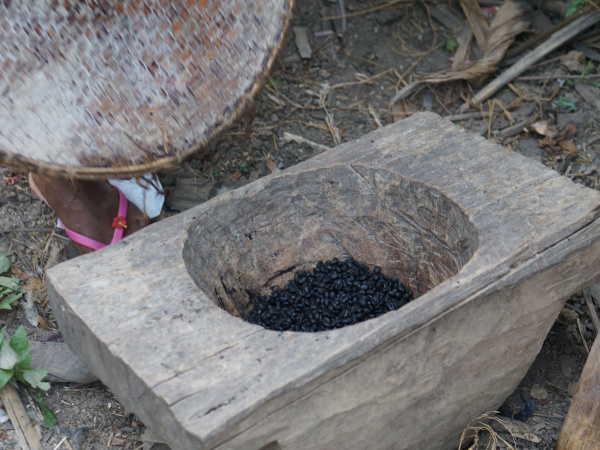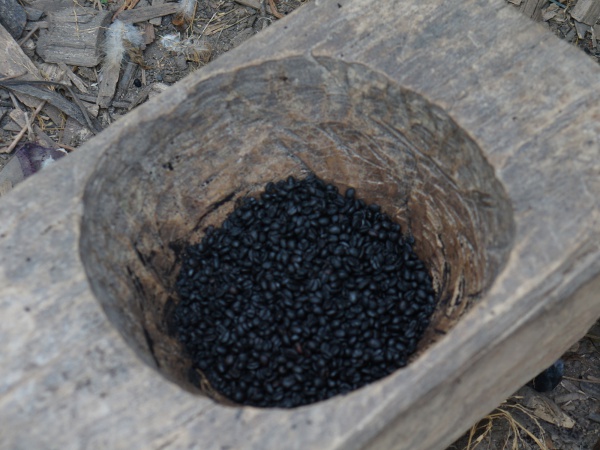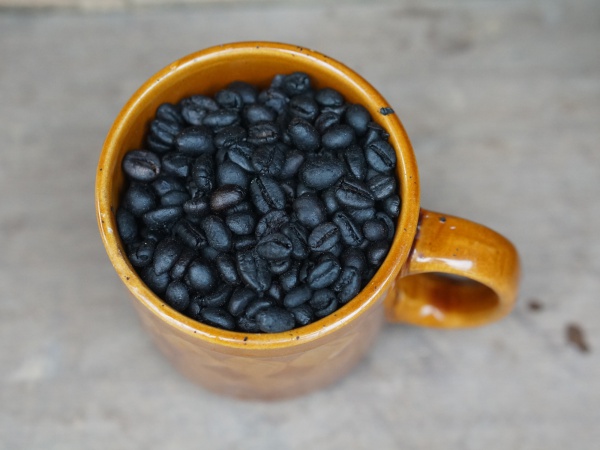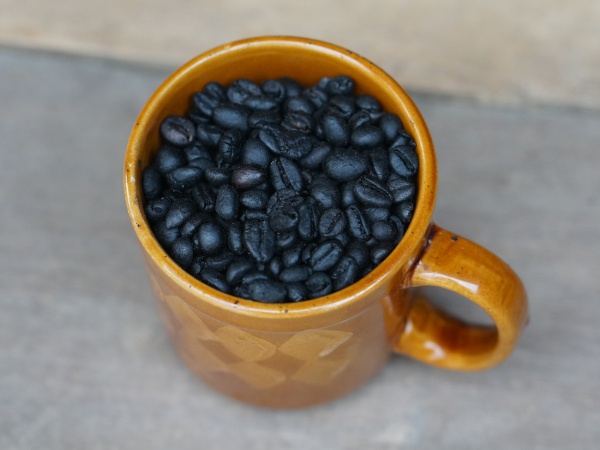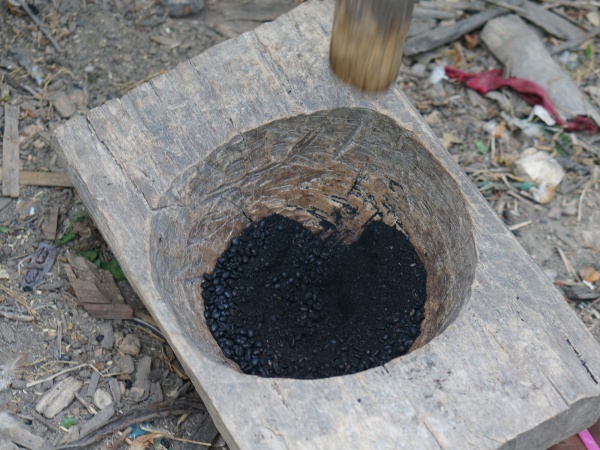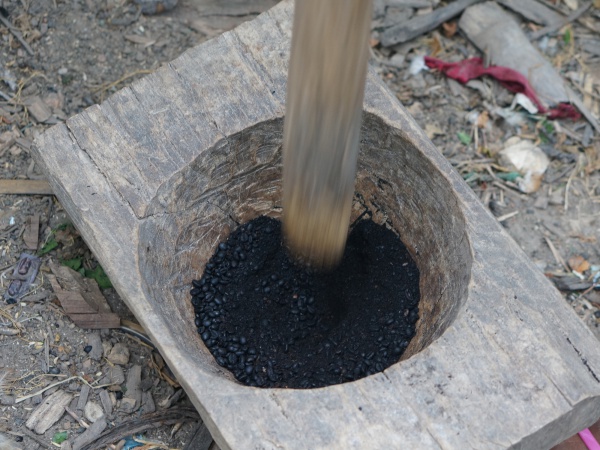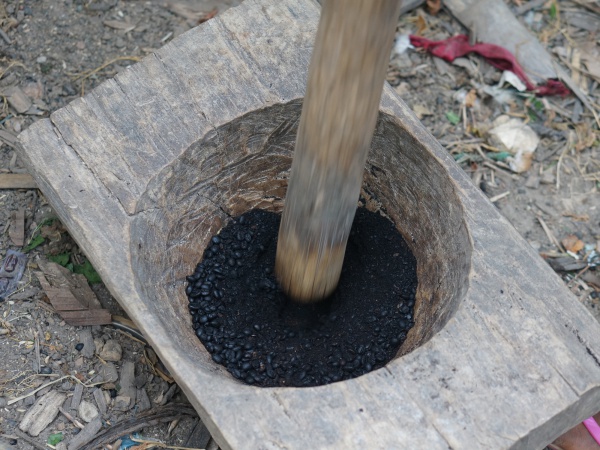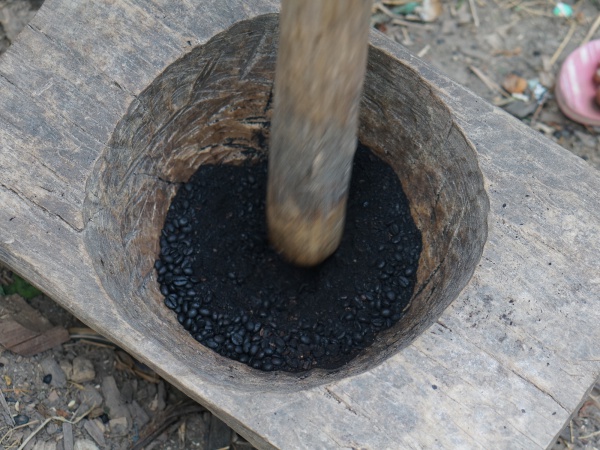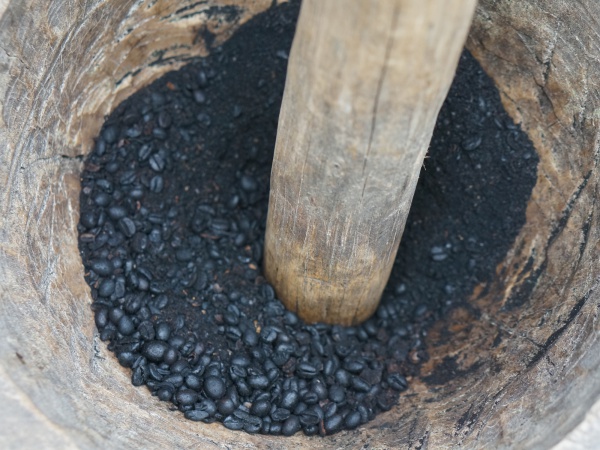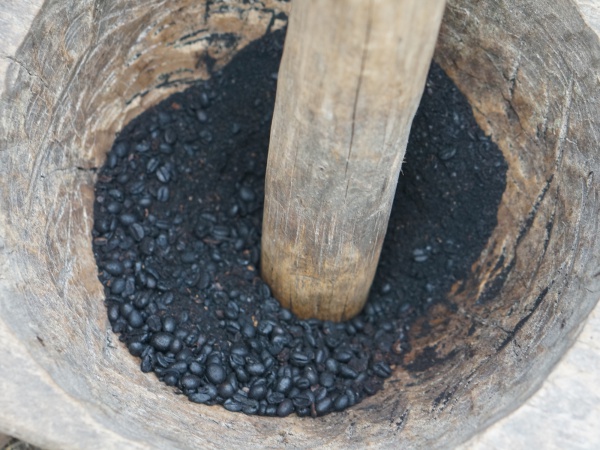Difference between revisions of "Madagascar Coffee"
CampMaster (talk | contribs) |
CampMaster (talk | contribs) |
||
| Line 24: | Line 24: | ||
Almost all Madagascar's coffee plantations are owned and managed by individual small family farm holders whose traditions and cultivation methods maintain biological diversity, which helps provide natural pest control, shade and organic nutrients. | Almost all Madagascar's coffee plantations are owned and managed by individual small family farm holders whose traditions and cultivation methods maintain biological diversity, which helps provide natural pest control, shade and organic nutrients. | ||
| + | |||
| + | [[File:Madagascar Coffee 001.jpg|600px]] | ||
| + | [[File:Madagascar Coffee 002.jpg|600px]] | ||
| + | [[File:Madagascar Coffee 003.jpg|600px]] | ||
| + | [[File:Madagascar Coffee 004.jpg|600px]] | ||
| + | [[File:Madagascar Coffee 005.jpg|600px]] | ||
| + | [[File:Madagascar Coffee 006.jpg|600px]] | ||
| + | [[File:Madagascar Coffee 007.jpg|600px]] | ||
| + | [[File:Madagascar Coffee 008.jpg|600px]] | ||
| + | [[File:Madagascar Coffee 009.jpg|600px]] | ||
| + | [[File:Madagascar Coffee 010.jpg|600px]] | ||
| + | [[File:Madagascar Coffee 011.jpg|600px]] | ||
| + | [[File:Madagascar Coffee 012.jpg|600px]] | ||
| + | [[File:Madagascar Coffee 013.jpg|600px]] | ||
| + | [[File:Madagascar Coffee 014.jpg|600px]] | ||
| + | [[File:Madagascar Coffee 015.jpg|600px]] | ||
| + | [[File:Madagascar Coffee 016.jpg|600px]] | ||
| + | [[File:Madagascar Coffee 017.jpg|600px]] | ||
| + | [[File:Madagascar Coffee 018.jpg|600px]] | ||
| + | [[File:Madagascar Coffee 019.jpg|600px]] | ||
| + | [[File:Madagascar Coffee 020.jpg|600px]] | ||
== Further information == | == Further information == | ||
View all [[Madagascar Coffee photos]] | View all [[Madagascar Coffee photos]] | ||
Revision as of 20:54, 4 June 2018
The two main coffee types cultivated in Madagascar are Arabica and high quality Robusta. Cultivation areas of Robusta can be found on the east coast, in the Vatovavy-Fitovinany region, around Tamatave, Antalaha, as well as in the northwest, such as on Nosy Be, Sambirano.
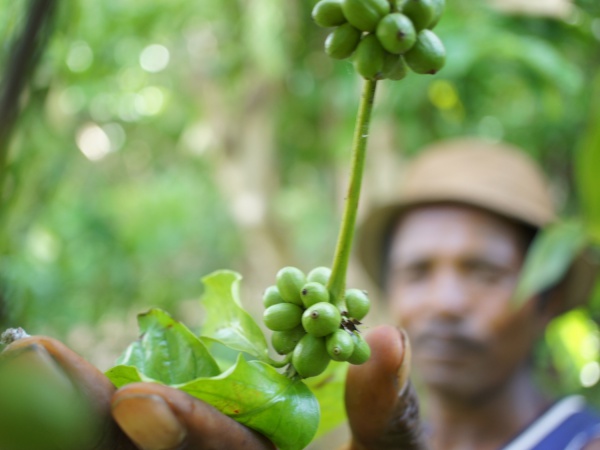
| ||
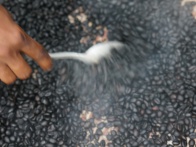
|
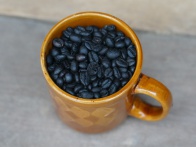
|
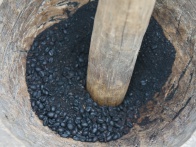
|
Robusta grows in the lowlands, usually at altitudes between 100m and 300m. Madagascar's Robusta Conilon/Kouillou have a pronounced acidity and light body with a strong lasting finish, yet balanced and harmonious. Suitable for any roast level.
Arabica from Ethiopia arrived in Madagascar in the beginning of the 19th century and is grown at higher altitudes in the central highlands, such as in the Antananarivo province and on the northern central plateau around Lake Alaotra in the Toamasina province.
Only about 2% Arabica are cultivated but this is expected to increase. Additionally, there are about 50 wild coffee varieties with less caffeine contents which have not yet been widely commercialised [1].
Almost all Madagascar's coffee plantations are owned and managed by individual small family farm holders whose traditions and cultivation methods maintain biological diversity, which helps provide natural pest control, shade and organic nutrients.
Further information
View all Madagascar Coffee photos
